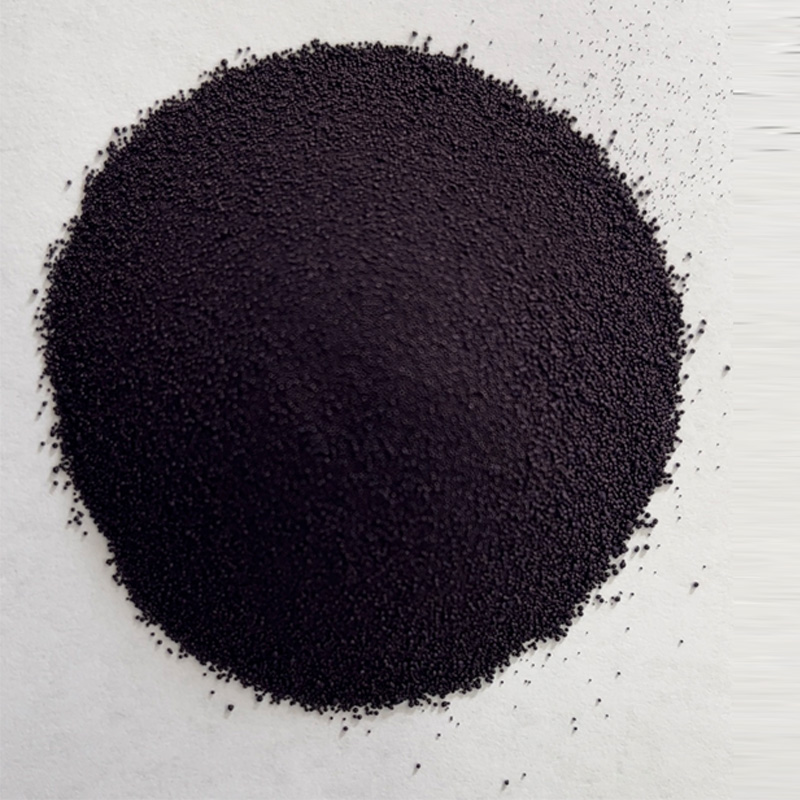china indigo natural dye
China's Indigo Natural Dye A Timeless Craft
Indigo has captured the imagination of cultures around the world for centuries, but few nations can lay claim to a heritage as rich and storied as that of China. The art of indigo dyeing in China is a remarkable fusion of history, culture, and craftsmanship, producing vibrant and striking textiles that play an essential role in the country’s artistic expression. This article delves into the significance, methods, and contemporary resurgence of indigo dyeing in China.
China's Indigo Natural Dye A Timeless Craft
The process of creating indigo dye is intricate and labor-intensive. After harvesting, the leaves are soaked and fermented in water, allowing the indican to convert into indigo blue. This dye is often used in a process called shibori, a traditional technique that involves tying, folding, or stitching fabric to create intricate patterns. This not only allows for varied designs but also creates a beautiful play of light and shadow on the fabric. The final result is a unique textile that tells the story of its creation, with each piece bearing the marks of the artisan's hand.
china indigo natural dye

Traditionally, indigo dyed fabrics were used for clothing, home textiles, and ceremonial garments across various ethnic groups in China. From the traditional garments of the Miao and Dong minorities to the rich textiles of the Han people, indigo’s significance transcends mere aesthetics. These textiles are often imbued with cultural meanings, symbolizing protection, prosperity, and connection to ancestral traditions.
In recent years, there has been a resurgence of interest in natural dyeing techniques, spurred by a global shift toward sustainability and eco-friendly practices. As consumers grow increasingly aware of the environmental impact of synthetic dyes, many are turning back to traditional methods. This revival has breathed new life into the indigo dyeing craft in China, with artisans reclaiming ancient techniques and experimenting with modern designs. Workshops, exhibitions, and collaborations are popping up, inviting both locals and tourists to engage with this rich heritage.
Moreover, international fashion brands are beginning to recognize the value of indigo dyeing, promoting its use as a sustainable alternative in their collections. This recognition not only provides greater visibility to the craft but also offers economic opportunities for local communities. By merging traditional techniques with contemporary design, these artisans are forging a new path for indigo in the global market.
In conclusion, China’s indigo natural dye is more than just a color; it is an artistic legacy that intertwines history, culture, and environmental consciousness. As it continues to adapt and evolve, the indigo-dyed textiles remain a testament to the enduring skill and creativity of Chinese artisans. Each piece is a narrative woven in blue, connecting the past with the present, and enriching the cultural tapestry of the nation. Through the revival of this ancient craft, the beauty of indigo lives on, captivating hearts and souls around the world.
-
The Timeless Art of Denim Indigo Dye
NewsJul.01,2025
-
The Rise of Sulfur Dyed Denim
NewsJul.01,2025
-
The Rich Revival of the Best Indigo Dye
NewsJul.01,2025
-
The Enduring Strength of Sulphur Black
NewsJul.01,2025
-
The Ancient Art of Chinese Indigo Dye
NewsJul.01,2025
-
Industry Power of Indigo
NewsJul.01,2025
-
Black Sulfur is Leading the Next Wave
NewsJul.01,2025

Sulphur Black
1.Name: sulphur black; Sulfur Black; Sulphur Black 1;
2.Structure formula:
3.Molecule formula: C6H4N2O5
4.CAS No.: 1326-82-5
5.HS code: 32041911
6.Product specification:Appearance:black phosphorus flakes; black liquid

Bromo Indigo; Vat Bromo-Indigo; C.I.Vat Blue 5
1.Name: Bromo indigo; Vat bromo-indigo; C.I.Vat blue 5;
2.Structure formula:
3.Molecule formula: C16H6Br4N2O2
4.CAS No.: 2475-31-2
5.HS code: 3204151000 6.Major usage and instruction: Be mainly used to dye cotton fabrics.

Indigo Blue Vat Blue
1.Name: indigo blue,vat blue 1,
2.Structure formula:
3.Molecule formula: C16H10N2O2
4.. CAS No.: 482-89-3
5.Molecule weight: 262.62
6.HS code: 3204151000
7.Major usage and instruction: Be mainly used to dye cotton fabrics.

